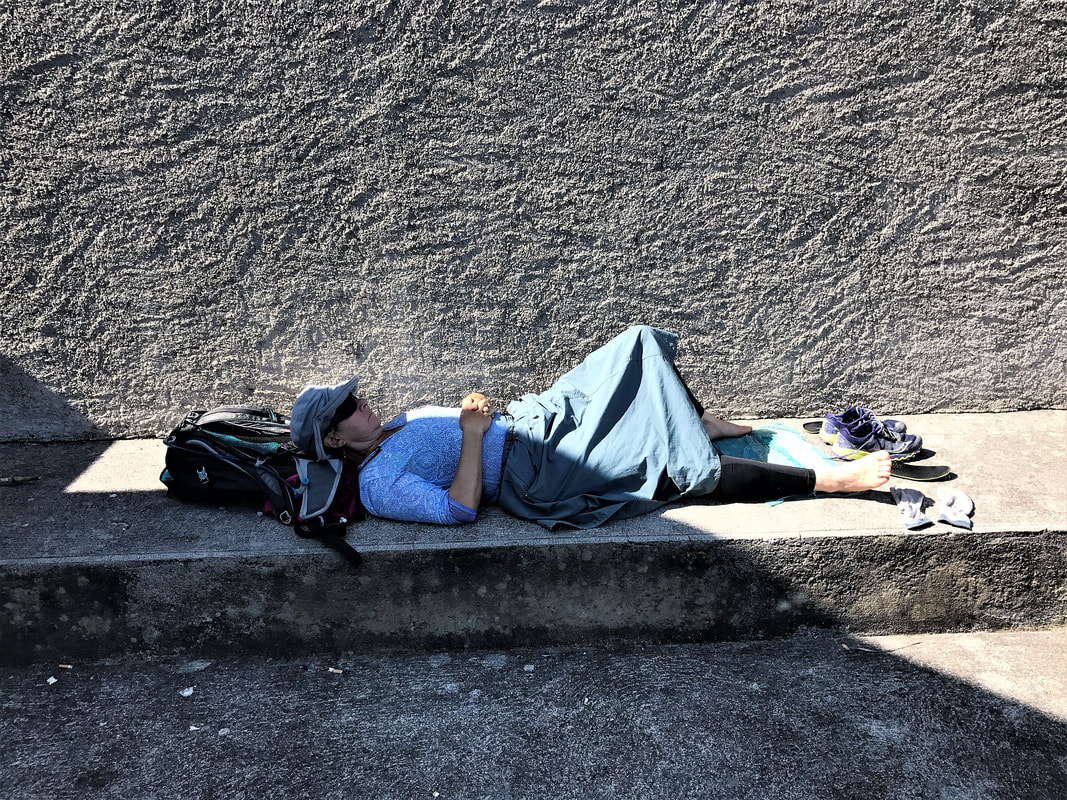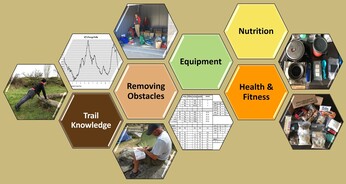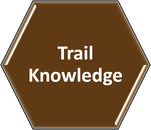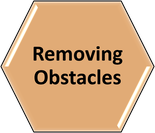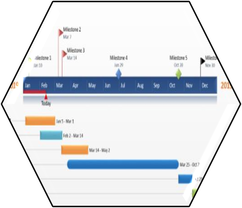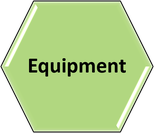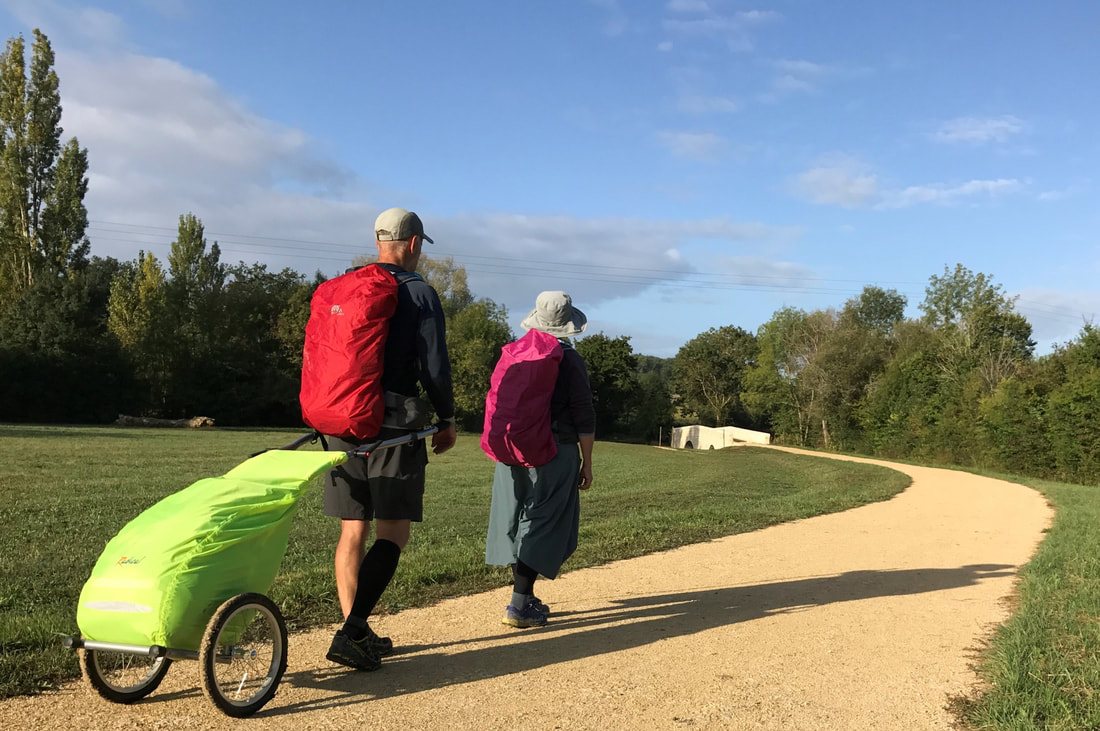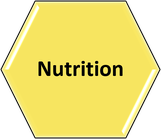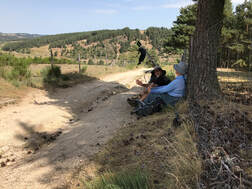Our second Camino de Santiago was the longer Camino via Podensia (Le Puy). We altered the recommended route by transitioning to the Camino Aragones (Arles) in order to cross the Pyrenes through the Col de Somport - a much harder and longer approach in order to reconnect with the Camino Frances in Puente del Rei. Here is the itinerary and a few details about our preparation for this trek.
Thanks to the great work of the Brotherhood of the Camino de Santiago and their members, their website provided most of the information needed to create our overall itinerary and plan. There are several books on the Camino Le Puy En Velay, and they supplemented our plans and also guided us throughout our trek.
The Guidebook suggested the itinerary, and where the Albergues (hostels) were located (as well as their rating) in each community. As on the Camino Frances, most of the communal hostels are first come first serve. However in many areas on the Via Podiensia - specially where it is also the GR65 and where there are no communal hostels - it is advisable to book the lodging at least two or three days in advance.
The Guidebook suggested the itinerary, and where the Albergues (hostels) were located (as well as their rating) in each community. As on the Camino Frances, most of the communal hostels are first come first serve. However in many areas on the Via Podiensia - specially where it is also the GR65 and where there are no communal hostels - it is advisable to book the lodging at least two or three days in advance.
Financial:
- Depending on where you live, transportation includes airfare, trains and buses or cabs to get to the start of the pilgrimage.
- A pilgrimage passport is needed to stay at the hostels. It can be purchased through your local Camino brotherhood association for $5-10.
- The cost for a night’s stay in communal or private hostels vary. Private Chambres d’hôte are more expensive but offer privacy and luxury of your own bathroom. Camping is typically not allowed along most of the Camino.
- Some Albergues offer an evening meal to the pilgrims, and others offer a breakfast as well. These meals are modestly priced, and the portions are copious. They are also a chance of getting to know other travellers.
- A cab can be hired to drive extra luggage to the next hostel for about 5 Euros.
- Guiding companies can be engaged to organize the trek. This usually includes transportation, accommodations, and meals.
Time Commitment:
- This Camino (via podiensia) can be a little lengthier and would require approx. 40 days to reach Saint Jean Pied de Port. If you plan on ending in Santiago (like we did) it will likely take up to 65 or 70 days. We combined the Le Puy and the Arles Camino in order to cross the Col de Sompor and therefore added another 5 days to the itinerary.
|
Health and Fitness:
|
|
On the Camino Le Puy, we carried most of our equipment in our Wheelie - a pull-cart created by Radical Design, specifically made for long treks on decent roads and tracks. We depended on hostels to provide beds, and some blankets and pillows (we had our own slips). We also chose to purchase food at local markets and grocery stores. The hostels generally had a communal kitchen with all the necessities for meal prep. This meant there was no need for camping, or cooking. Water in Europe is generally potable.
Items of importance were a silk slip to reduce the bedbug encounters, shower sandals, and some city clothes for visiting the towns at the end of the day. Looking back, we would have used toilet paper and hand sanitizer for toilets along the way. Restaurant and café toilets were often lacking in these amenities. There is additional information in our 'Equipment Section'. |
The joys of pilgrim treks are many. But one of them is certainly the food. Europeans love to eat and eat well. Each area offers some gastronomic specialty. Farmers markets and restaurants are marvelous to explore.
Travelers with special dietary needs, or picky eaters, should inform themselves what will be available to them during their trek. An example of this is that Europeans love meat. Vegetarian meals may be far and few between.
We purchased food at markets and groceries and made picnic lunches and hearty meals for most suppers. If a hostel provided an evening meal, we would partake. Breakfasts were eaten at cafés.
Things we learned on the Camino:
Travelers with special dietary needs, or picky eaters, should inform themselves what will be available to them during their trek. An example of this is that Europeans love meat. Vegetarian meals may be far and few between.
We purchased food at markets and groceries and made picnic lunches and hearty meals for most suppers. If a hostel provided an evening meal, we would partake. Breakfasts were eaten at cafés.
Things we learned on the Camino:
- Markets are available once or twice a week in most big cities (usually Wednesdays, and Saturdays or Sundays). They usually are very early in the morning (6:00-8:00).
- Grocery stores are not open on Sundays and most Mondays. They also close for siesta between 12 and 4. If you are planning on buying food remember to buy it earlier in the day.
|
|
Walking long distances every day takes a toll on our bodies. Preparing for the adventure buy building a good fitness base will reduce the aches and pains of those first few days on the trek. For detailed information on our exercise routines check out our 'Exercise' page. |

